SOCOM Tech Chief Eyes Secure Cloud in Future Plans
The command is assessing new technologies to improve capabilities, automate processes and eliminate technical debt.

Mobile, on-demand network access and cyber resiliency will drive U.S. Special Operations Command’s (SOCOM) IT modernization efforts, but CIO Joe Tragakis said pivoting to address real-time human needs continues to be his top priority.
“Every day my top priority is the people, followed by providing a reliable and secure network experience along with modernization,” SOCOM CIO Joe Tragakis told attendees Thursday at the Special Operations Forces Industry Conference (SOFIC) in Tampa, Florida.
SOCOM looks for technical solutions that are time- and cost-effective and will provide security to networks across the entire Defense Department.
A main focus area for SOCOM is zero trust and cyber resiliency.
“Everything we communicate across has to be defended and monitored,” Tragakis said. “Some of the tactics over the last 20 years need to be modified. I need to be able to inform commanders about the risk of mission that they’re using systems that don’t meet those standards.”
According to Tragakis, there has been a significant adjustment in tactical mission networks since he retired back in 2014. They are purpose-built mobile networks operating at the contact layer, whether it’s the operator, platform or sensor, and they can be established on demand or at the tactical edge.
“These networks also help minimize exposure and mitigate vulnerabilities to those strategic networks,” Tragakis said. “However, as a national security system, we still have to deploy these with cyber hygiene in place. They have to be monitored and automated, ideally cloud based, scalable, easily shared with coalition partners, quickly disabled, redeployed and refactored.”
Another priority for SOCOM is global mobility.
“While technology to develop multi-domain laptops and handhelds is common, getting them accredited for use on our networks is extremely challenging and takes a lot of time,” upward of 12 to 18 months, Tragakis said. “We have several accredited systems in use today, but we’re always looking to reduce size of packages, improve security and reduce the backside of resources required to manage them.”
Tragakis also mentioned how SOCOM is continuing to raise the bar on the compliance level of cross-domain solutions.
“With [cross-domain solutions], we’re looking for systems that will take commercial data feed and ingest them into an io2 commercial cloud environment, automatically scan data for vulnerabilities and then seamlessly transport that data into io4, io5 or even [top secret]-level cloud environment for further analysis and exploitation,” Tragakis said.
When it comes to cloud, SOCOM is planning to maintain a hybrid, on-prem multi-vendor commercial environment.
“We are currently working on identifying what goes into cloud and what stays on prem. We need to make sure we are looking at our regional surface centers are also enabled with the appropriate equipment,” Tragakis said. “We have to make sure that those systems and those teams are able to operate and function in either a denied, disrupted, intermittent or limited environment.”
This is a carousel with manually rotating slides. Use Next and Previous buttons to navigate or jump to a slide with the slide dots
-

DOD Accelerates Software Modernization with Agile DevSecOps Push
The Pentagon's software implementation plan tackles cultural hurdles and integrates security early to deliver critical capabilities faster.
6m read -
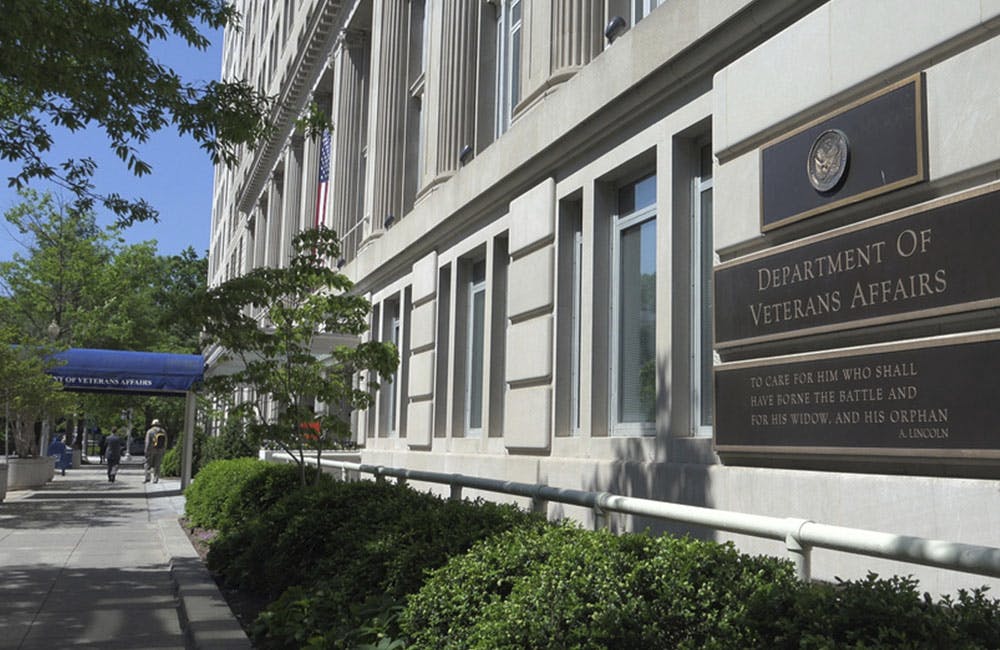
VA's Platform One Powers Rapid Innovation to Bolster Digital Services
VA's Platform One accelerates software development timelines from weeks to hours, ultimately enhancing digital services for veterans.
5m read -
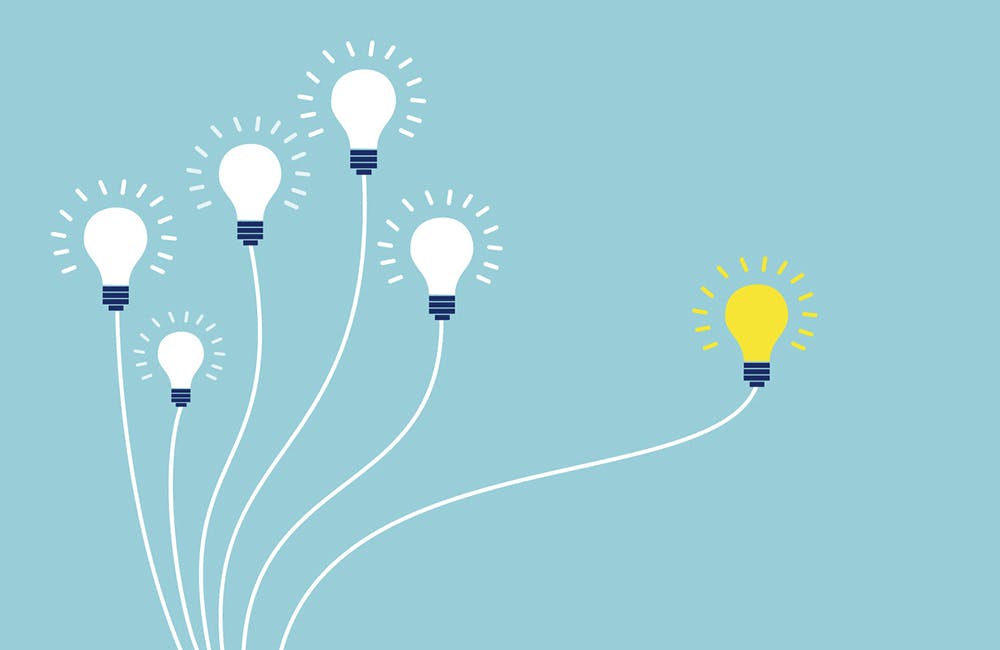
Opinion: Original Intelligence Is the Missing Piece for AI Transformation
Limitations of AI agents and development drive growing needs for workforce development and "original intelligence."
3m read -

The Next AI Wave Requires Stronger Cyber Defenses, Data Management
IT officials warn of new vulnerabilities posed by AI as agencies continue to leverage the tech to boost operational efficiency.
5m read -
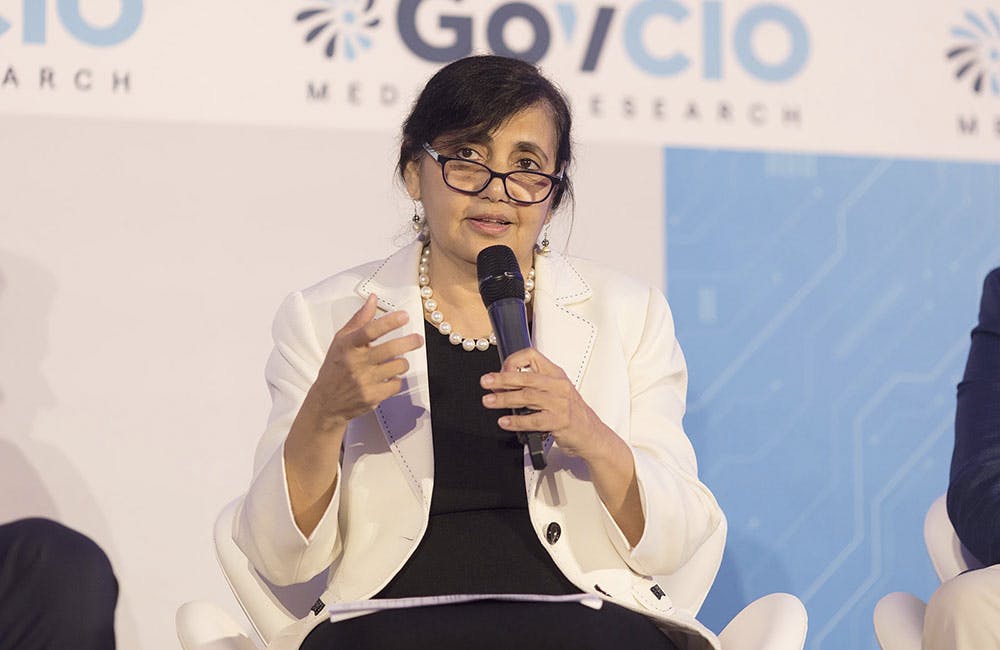
Federal CIOs Push for ROI-Focused Modernization to Advance Mission Goals
CIOs focus on return on investment, data governance and application modernization to drive mission outcomes as agencies adopt new tech tools.
4m read -
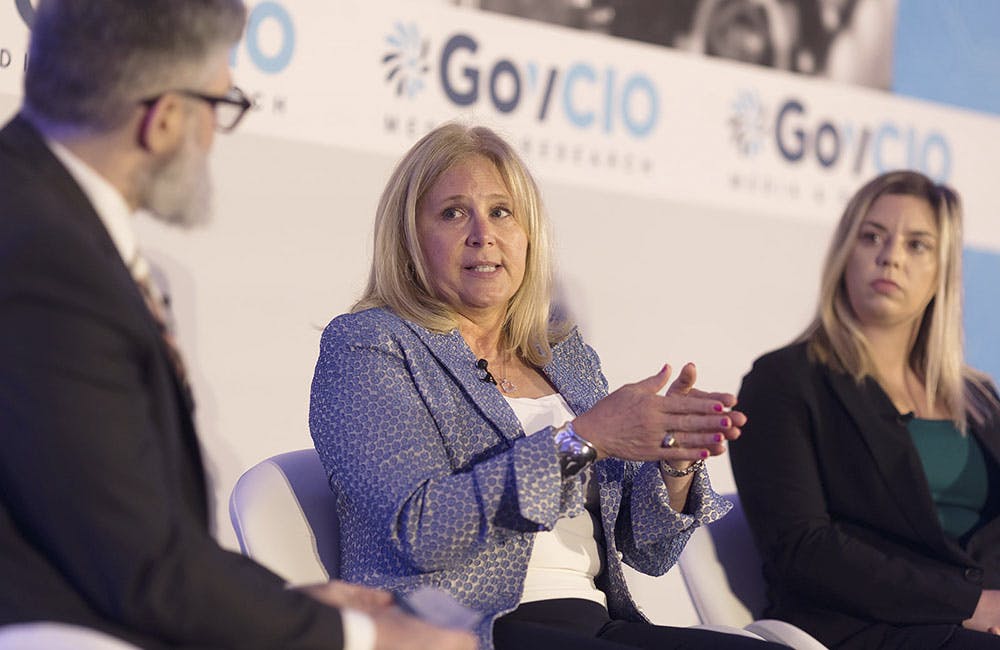
Agencies Push Data-Driven Acquisition Reforms to Boost Efficiency
New initiatives aim to increase visibility of agency spending, improve data quality and create avenues to deploy solutions across government.
5m read -

Data Transparency Essential to Government Reform, Rep. Sessions Says
Co-Chair of the Congressional DOGE Caucus Rep. Pete Sessions calls for data sharing and partnerships to reduce waste and improve efficiency.
5m read -

DOD Can No Longer Assume Superiority in Digital Warfare, Officials Warn
The DOD must make concerted efforts to address cyber vulnerabilities to maintain the tactical edge, military leaders said at HammerCon 2025.
4m read -

Marine Corps Operation StormBreaker Slashes Software Delivery Timelines by 17x
New program aims to deliver critical digital capabilities to warfighters at the "speed of relevance" by overhauling traditional processes.
4m read -
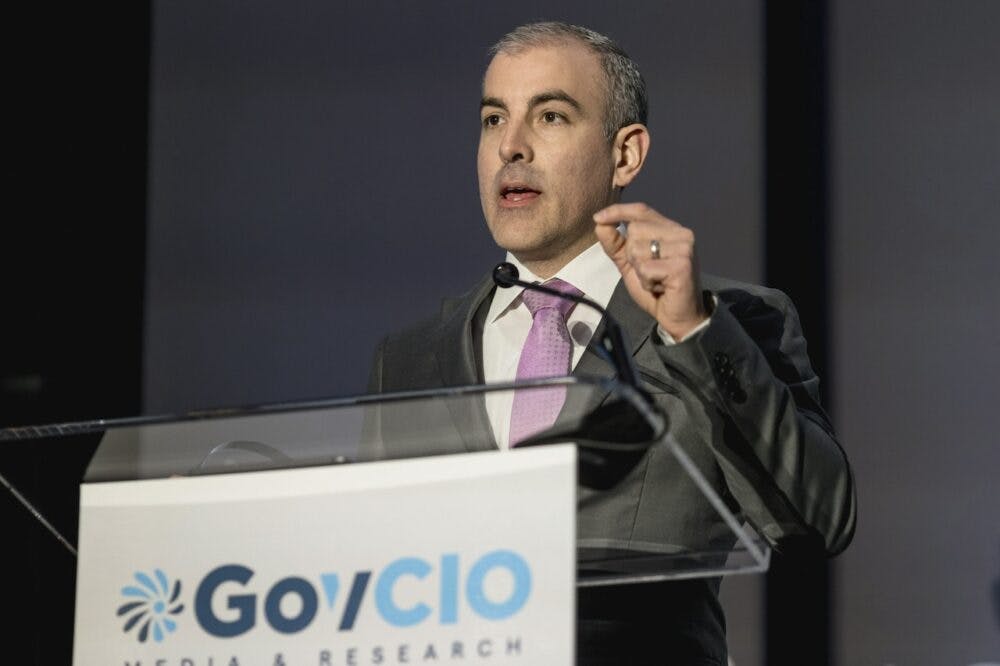
DHA CDAO Spearheads Master Data Catalog to Boost Transparency
Jesus Caban plans to boost DHA's data maturity through a new master data catalog, governance frameworks and inventory of tech tools.
5m read -

IRS Makes Direct File Code Public as Lawmakers Debate Program’s Fate
The agency sees the Direct File source code as beneficial to government digital services despite what happens with it in proposed budgets.
5m read -
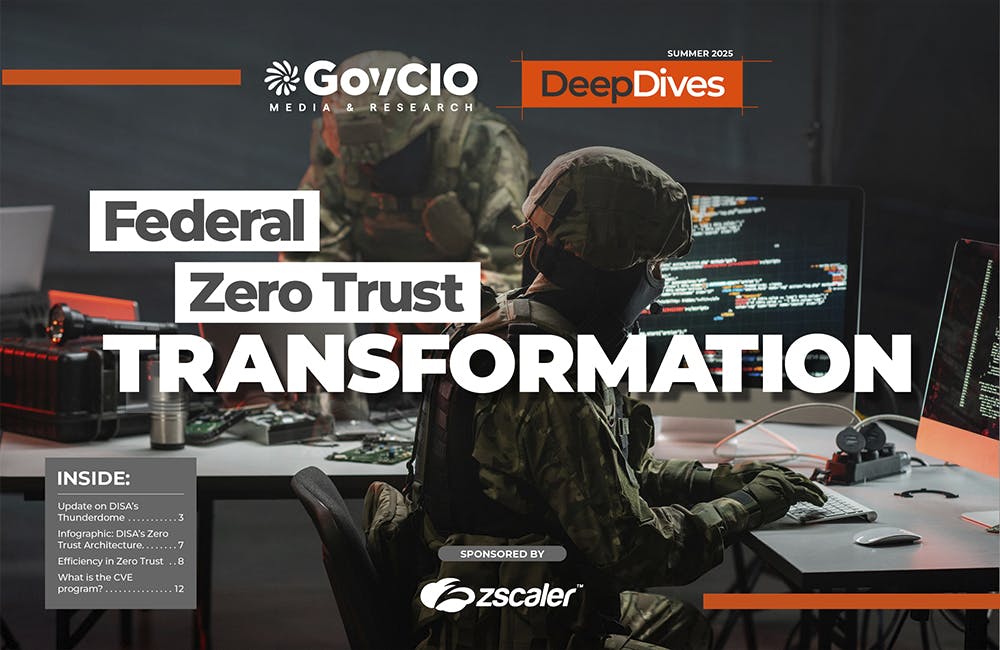
A Look at Federal Zero Trust Transformation
Recent developments from CISA and DOD show how government is advancing zero trust quickly.
20m read
















